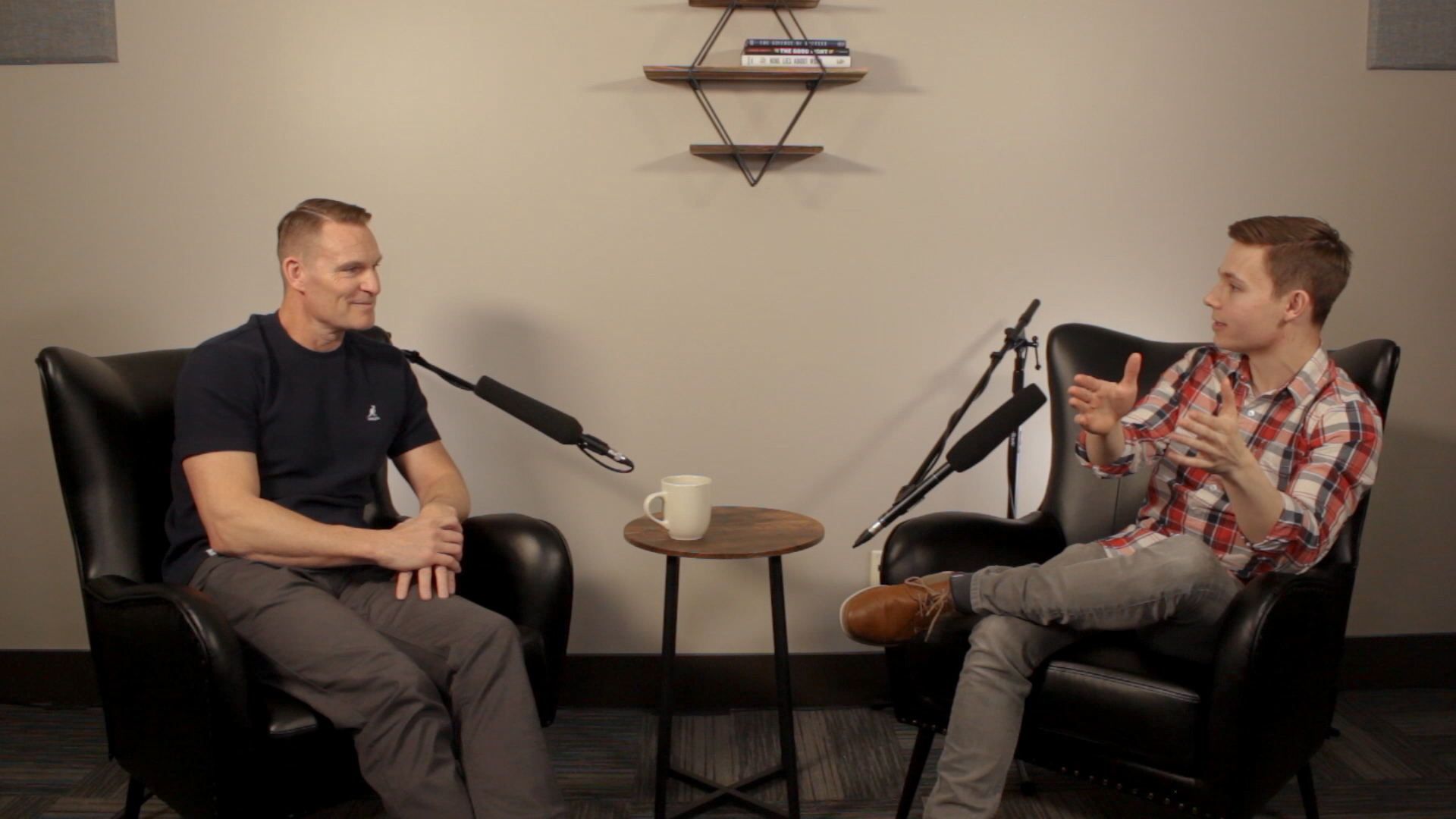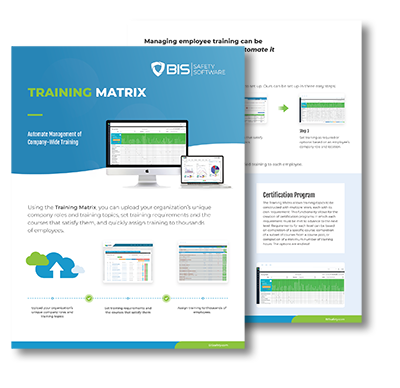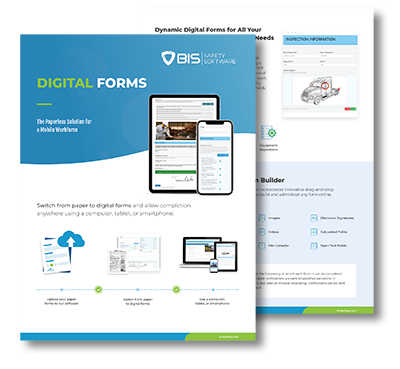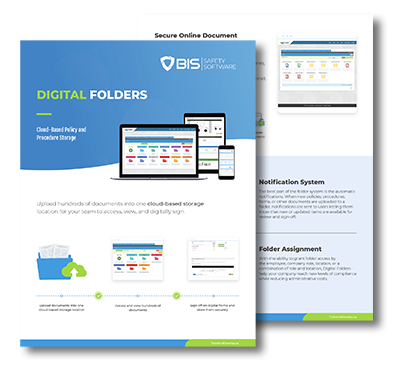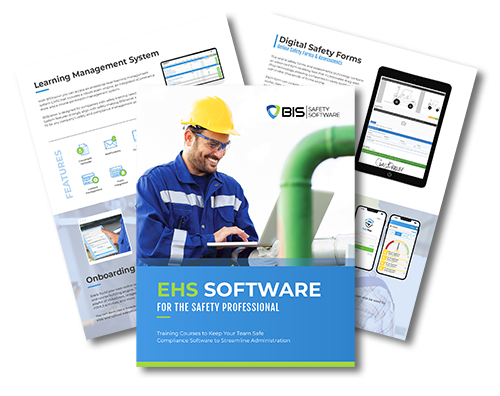
As National Safety Month draws to a close, companies across the globe are focusing on trip and fall awareness. While often underestimated, trips and falls are among the most common workplace incidents, leading to serious injuries and even fatalities.
Many people play off trips and falls as not a big deal, but on jobs sites it’s more common to find harder, sharper, and more reactive materials just lying around. That’s why trips and falls need to be mitigated, or at the very least respected.
Preventing Trips and Falls
Preventing trips and falls involves a combination of employee awareness, regular maintenance, and proper safety equipment. Here are some practical strategies:
Conduct Regular Inspections
Routine inspections of the workplace can identify potential hazards before they cause accidents. Assign a safety officer or team to conduct these inspections regularly. Look for:
- Loose flooring or carpeting
- Unsecured cables
- Poorly lit areas
- Wet or slippery surfaces

Improve Housekeeping Practices
Good housekeeping is essential in preventing trips and falls. Encourage employees to:- Keep walkways and work areas clear of clutter
- Immediately clean up spills
- Store tools and materials properly
Enhance Lighting
Ensure all areas of the workplace are well-lit, especially stairways and entrances. Consider motion-sensor lights for less frequently used areas to ensure they are illuminated when needed.Use Signage and Barriers
Use clear signage to warn of potential hazards such as wet floors or uneven surfaces. Temporary barriers can also be used to block off areas until hazards are resolved.Provide Proper Footwear
For environments where slippery surfaces are common, such as kitchens or manufacturing floors, provide employees with non-slip footwear. This simple measure can drastically reduce the risk of slips and falls.Training and Education
Education is a key component of trip and fall prevention. Regular training sessions can ensure that all employees are aware of the risks and know how to mitigate them.Safety Training Programs
Develop comprehensive safety training programs that cover:- Identifying potential trip and fall hazards
- Proper housekeeping practices
- Correct use of safety equipment
- Emergency response procedures
Use Real-Life Scenarios
Incorporate real-life stories and examples into training sessions. This makes the training more relatable and helps employees understand the real-world impact of safety practices.Key Takeaways
- Lorem Ipsum is simply dummy text of the printing and typesetting industry. Lorem Ipsum has been the industry's standard dummy text ever since the 1500s, when an unknown printer took a galley of type and scrambled it to make a type specimen book. It has survived not only five centuries, but also
- Lorem Ipsum is simply dummy text of the printing and typesetting industry. Lorem Ipsum has been the industry's standard dummy text ever since the 1500s, when an unknown printer took a galley of type and scrambled it to make a type specimen book. It has survived not only five centuries, but also
- Lorem Ipsum is simply dummy text of the printing and typesetting industry. Lorem Ipsum has been the industry's standard dummy text ever since the 1500s, when an unknown printer took a galley of type and scrambled it to make a type specimen book. It has survived not only five centuries, but also
- Lorem Ipsum is simply dummy text of the printing and typesetting industry. Lorem Ipsum has been the industry's standard dummy text ever since the 1500s, when an unknown printer took a galley of type and scrambled it to make a type specimen book. It has survived not only five centuries, but also
Time to Kill the Myths
Improve Housekeeping Practices
Good housekeeping is essential in preventing trips and falls. Encourage employees to:- Keep walkways and work areas clear of clutter
- Immediately clean up spills
- Store tools and materials properly
Enhance Lighting
Ensure all areas of the workplace are well-lit, especially stairways and entrances. Consider motion-sensor lights for less frequently used areas to ensure they are illuminated when needed.Use Signage and Barriers
Use clear signage to warn of potential hazards such as wet floors or uneven surfaces. Temporary barriers can also be used to block off areas until hazards are resolved.Provide Proper Footwear
For environments where slippery surfaces are common, such as kitchens or manufacturing floors, provide employees with non-slip footwear. This simple measure can drastically reduce the risk of slips and falls.Training and Education
Education is a key component of trip and fall prevention. Regular training sessions can ensure that all employees are aware of the risks and know how to mitigate them.Safety Training Programs
Develop comprehensive safety training programs that cover:- Identifying potential trip and fall hazards
- Proper housekeeping practices
- Correct use of safety equipment
- Emergency response procedures
Use Real-Life Scenarios
Incorporate real-life stories and examples into training sessions. This makes the training more relatable and helps employees understand the real-world impact of safety practices.Related read: Do you own a business in the insurance industry? Check out how Artificial Intelligence is transforming the insurance industry.
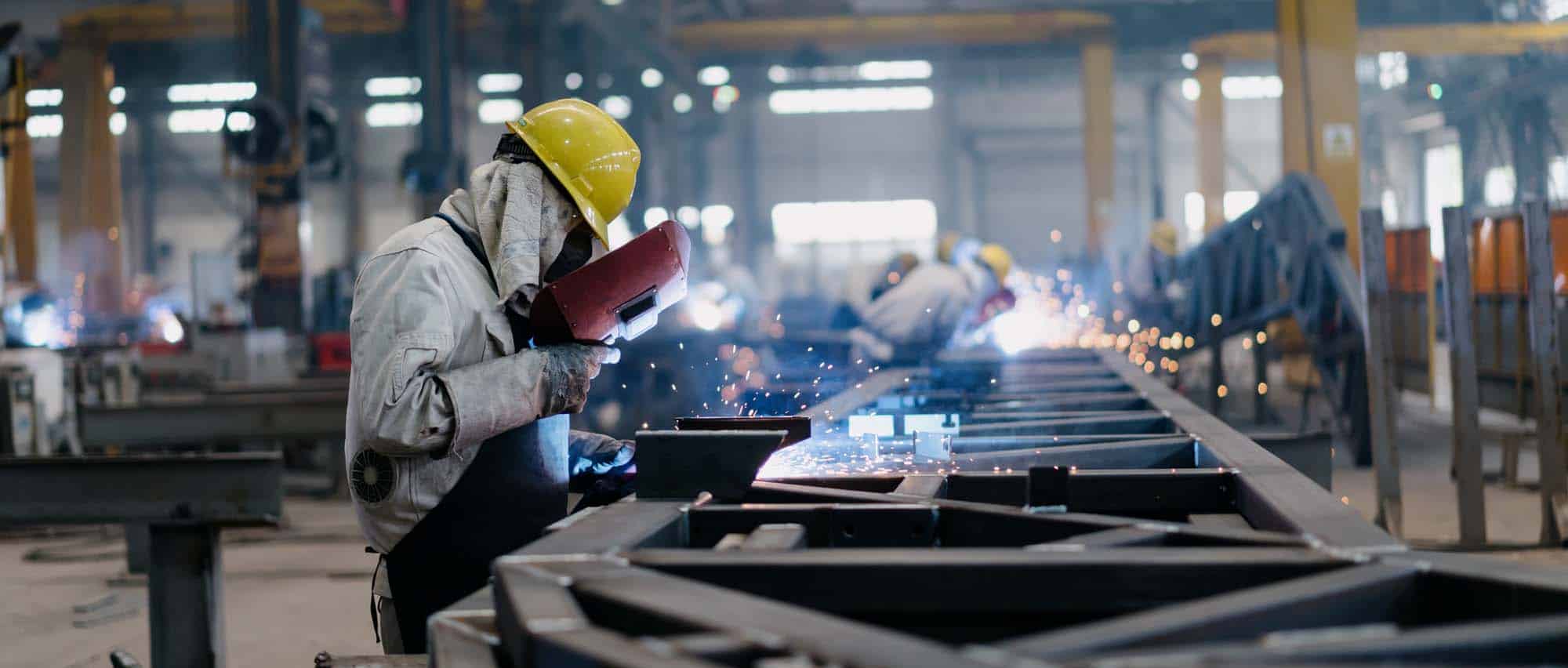
Incident Reporting
A robust incident reporting system allows employees to report hazards quickly and efficiently. This ensures that potential risks are addressed promptly.
Training Management
Training Management Software can manage training schedules, ensuring that all employees are up-to-date with the latest safety protocols. It can also track the effectiveness of training programs through assessments and feedback.
Regular Audits
Conduct regular safety audits. These audits can help you identify areas for improvement and ensure compliance with safety regulations.
Understanding the Risks
Trips and falls can happen anywhere, from construction sites to office environments. The reasons vary, but common causes include:- Uneven surfaces: Unmarked steps, uneven flooring, and unexpected changes in elevation can catch employees off guard.
- Obstacles in walkways: Cables, tools, boxes, and other items left in walkways pose significant tripping hazards.
- Slippery surfaces: Wet floors from spills, cleaning, or weather conditions increase the risk of slips.
- Poor lighting: Inadequate lighting can make it difficult to see potential hazards.
Real-Life Stories: Lessons Learned
To illustrate the importance of trip and fall awareness, let’s look at some real-life scenarios where awareness and prevention could have made a difference.Story 1: The Office Obstacle Course
Situation: Jane, a diligent office worker, was hurrying to a meeting when she tripped over a loose cable that had been stretched across the walkway. The fall resulted in a broken wrist and several weeks off work. Lesson: This incident highlights the importance of keeping walkways clear and using cable management systems. Simple steps like securing cables and using cable covers can prevent such accidents.Story 2: The Slippery Slope
Situation: Mike, a warehouse employee, slipped on a wet patch near the entrance on a rainy day. The fall caused a severe back injury, leading to months of rehabilitation. Lesson: Ensuring that mats are placed at entrances to absorb water and placing wet floor signs can alert employees to the hazard. Regular maintenance checks to address potential slip areas are crucial.Conclusion
Trip and fall awareness is an ongoing effort that requires vigilance, education, and the right tools. By understanding the risks, learning from real-life incidents, and implementing practical prevention strategies, you can create a safer work environment for everyone. As National Safety Month wraps up, let’s commit to keeping safety a priority year-round. Remember, a safe workplace is not just about compliance—it’s about ensuring that every employee goes home safe and sound at the end of the day.Related Articles
- All Posts
- 360 Immersive
- 360immersive
- Alberta safety courses
- Allan James Moore
- awareness
- BambooHR integration
- biometric sensors
- BIS Podcast
- BIS Safety Software
- black holes
- Brave Leadership
- chemical
- chronic injuries
- Coming Soon
- community safety programs
- Compliance
- compliance courses
- compliance tools
- compliance vs protection
- Construction advocacy
- Construction education
- Construction industry
- construction safety training
- crane
- customized training
- daily trip inspection
- Danny Sellers
- data-driven safety
- digital forms
- Dr. Joanna Pagonis
- driver file management
- driver training
- early intervention
- EHS
- Einstein
- emergency preparedness
- emergency supplies
- emotional training
- employee health
- employee safety
- employee training
- ergonomics
- exoskeletons
- fall protection
- field safety
- field safety services
- fire prevention
- first aid kit
- first week on the job
- fleet management
- frontline safety
- gravitational waves
- hands-on training
- hazard communication
- hazard prevention
- Health & Safety Podcast
- heavy equipment safety
- high voltage systems
- HR automation
- HR software
- human-centered safety
- humor in safety
- immersive learning
- Imposter Syndrome
- incident data
- incident reporting
- industrial safety
- injury prevention
- injury reporting
- injury response
- internal audits
- Jennifer Lastra
- job site hazards
- job site risks
- job site safety
- Jody Young
- KBR Safety Training
- Leadership
- leadership accountability
- leadership and empathy
- LIGO
- LMS
- lone workers
- mental health at work
- MI Safety
- new workers
- Northern BC
- NRCA
- NSC Standard 13
- occupational health
- occupational safety
- oil and gas safety
- onboarding safety
- Online safety training
- OSHA compliance
- OSHA standards
- overhead crane courses
- pain awareness
- physics careers
- pipeline safety
- podcast
- PPE
- PPE enforcement
- pre-trip inspection
- pretrip inspection
- Professional development
- psychological safety
- risk management
- road safety
- Robin Postnikoff
- safety
- safety advice
- safety article
- safety best practices
- safety communication
- safety compliance
- Safety Conversations
- safety culture
- safety innovation
- safety insights
- safety inspection
- Safety Leaders
- safety leadership
- safety management
- safety management system
- safety metrics
- safety myths
- safety podcast
- Safety Spotlight
- safety systems
- safety technology
- safety theater
- safety tips
- safety training
- Sinogap Solutions
- smart helmets
- space science
- supervisor training
- Total Recordable Injury Formula
- training
- training courses
- training matrix
- training record management
- transportation
- Trust and Accountability
- vehicle safety
- Virtual Reality
- VR safety training
- VR Technology
- wearable technology
- WHMIS
- women in leadership
- work-alone training
- worker accountability
- worker protection
- worker safety
- workforce management
- workforce training
- workplace best practices
- workplace certification
- Workplace Culture
- workplace hazards
- workplace health
- workplace injury prevention
- workplace risk management
- Workplace safety
- workplace safety culture
- workplace wellness
- WSPS

Home Blog Safer Workplaces Start With Us Every day, we have a choice: work the way we always have, or...

Home Blog ASTEC Safety Named Member of the Year by Utility Safety Partners Recognition like this doesn’t come easy. By...
Home Blog The Problem With Old School Safety Some safety rules save lives. Others? They just make work harder—and sometimes,...


